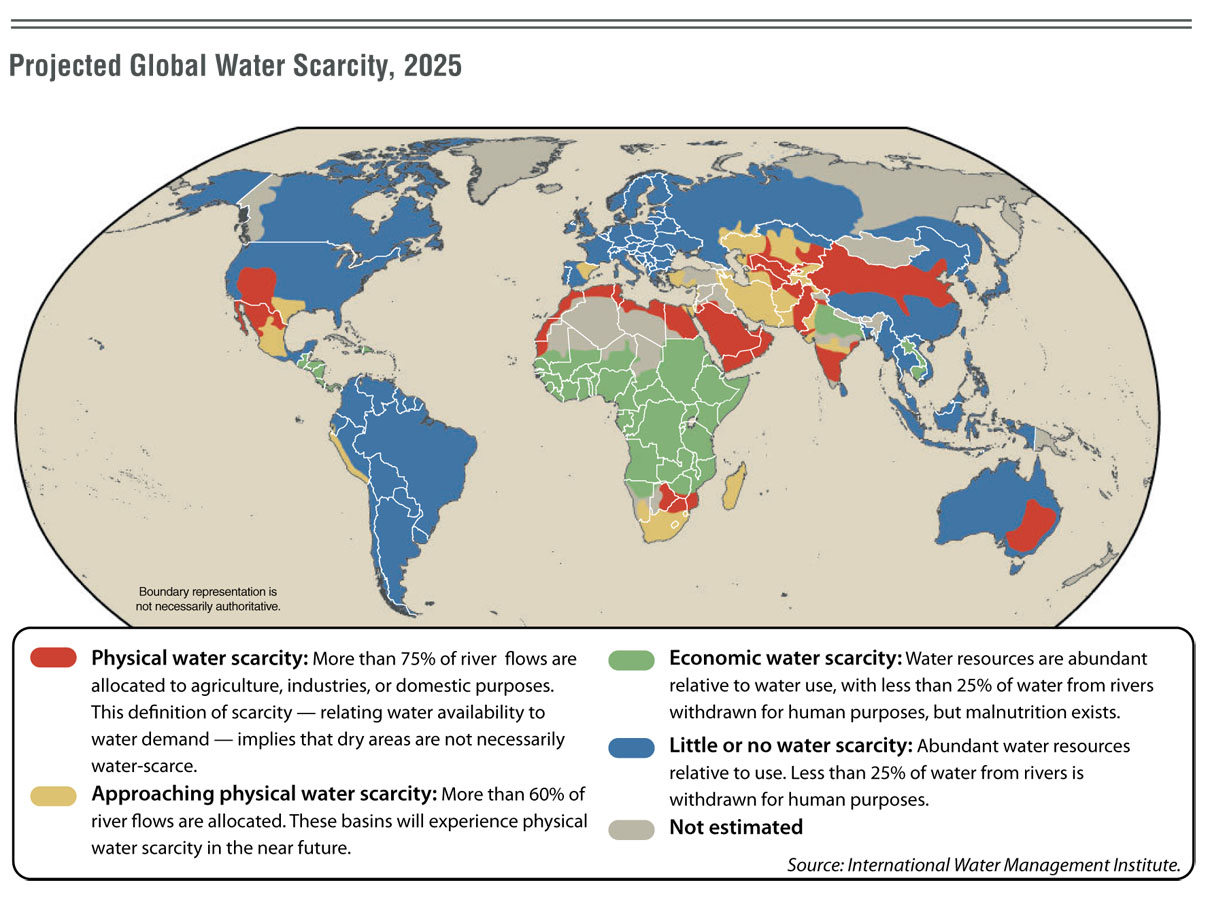For those unfamiliar, let us start with a definition. Biomimicry seeks to mimic the design of biology to solve problems. It attempts to imitate nature's solutions to common issues, whether of transportation, water storage, physical movement, etc.
Some simple, common biomimicry solutions are already in widespread use and have been for some time. These come to us from the civil engineering industry, where engineers have long used berms, erosion-resistant plants, and boulders to slow the flow of water and limit erosion.
We see in nature how scree and rocks on a mountainside stabilize the slope and limit erosion, and we apply this principle to slow the flow of runoff from rainstorms in open channels and culvert outlets. Hardy native grasses serve not only as food sources for ungulates, but as drought-resistant coverage that protects the land, as those who lived through the Dust Bowl found out first hand. Engineers use similar hardy grasses to stabilize slopes and prevent erosion from both wind and water.
While not commonly considered in this manner, we also use a form of biomimicry in our systems of motion. Consider the repetitive vertical motion of pistons in an engine or the repetitive circular motion of bicycle pedals. These repetitive motions used to propel us forward are reminiscent of the motions of a hummingbird's wings, which generate lift in both the forward and reverse motions. Similarly, consider how we use specialized shoes that clip to the pedals of a bicycle in order to mimic this principle and generate power with both the upward and downward movement of the leg.
We also mimic the flight produced by larger birds' wings in our design of airplanes, particularly those large predatory species like hawks that make use of their speed and the leading edge of their wing to generate and maintain lift. The very same happens as air flows across the rounded leading edge of a fast-moving airplane wing. This works for these larger birds, and consequently for airplanes, because of their thicker and more robust wings as compared to those of a hummingbird. It allows for a more efficient motion which requires less energy to maintain.
But there is room for improvement. Our cars and planes operate, for the most part, by burning fossil fuels for their energy source, rather than the biological conversions of energy that inherently are used by birds for flight. Our model is unsustainable. Recent inroads have been made in the field of electric aircraft, however. And we are getting more efficient at capturing the sun's readily available energy and converting it to a usable form, as trees and plants do to sustain their very existence.
As is often the case in the doings of humanity, economics plays a role in our slowness to move toward sometimes obvious, but potentially more difficult, solutions. Progress is being made in reducing the cost of solutions such as solar energy and making our systems for accessing and storing these readily available energy sources more efficient. Due to advances in technology, subsequent reduced costs, and adequate investment, the world's use of solar energy grew by 300 times between 2000 and 2019. Other renewables also saw tremendous growth, driven both by economics and necessity as awareness of the current climate situation increases.
Ample subsidies are provided to the fossil fuel industry, and the cost of us driving our cars is even subsidized by the subsequently lowered fuel prices that we see at the pump: it becomes a positive feedback loop that promotes further use of our inefficient vehicles. In turn, this feedback loop leads to negative outcomes beyond climate issues, including degraded health due to poor air quality.
We could spur further innovation by providing subsidies of similar magnitude to the renewable energy industry. And we must be patient in this process, as we also must allow adequate time and investment for our energy grid to be updated and adjust to storing and distributing energy from renewable sources. Priorities are shifting, but the overall investment in renewable energy sources still lags that of fossil fuels, especially when considered in the historical aggregate. Investment in renewables is an investment in biomimicry, in powering our society with the methods and materials that nature has amply supplied.
Biomimicry is inherently sustainable. And the applications of biomimicry principles are limitless: from studying nature for solutions to prosthetic limbs, to dealing with the waste of food due to spoilage, to addressing energy needs, to developing innovative ways to collect and provide clean water for a more equitable world. There is no limit to what we can learn from nature. And we learn best when we listen and observe. So let's observe, and start putting to use what we've learned.



